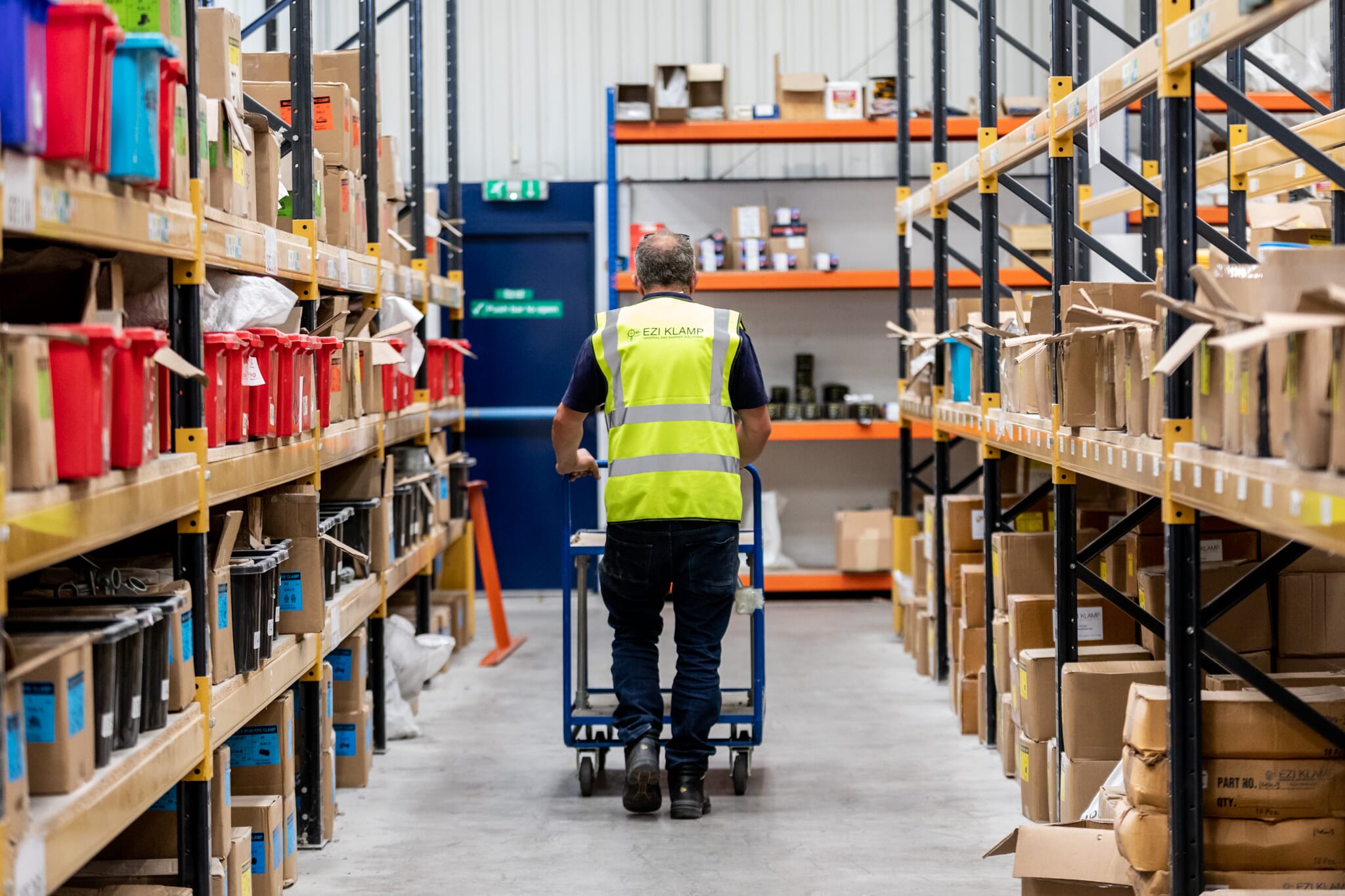Risk Assessments at Work: Keeping Safe with Ezi Klamp

Conducting thorough risk assessments is essential to ensuring a secure and safe environment for employees and visitors alike. As a leader in safety and security solutions, we at Ezi Klamp understand the crucial role risk assessments and health and safety regulations play in, mitigating the risks of slips and falls and ensuring safety when working at height.
This article is designed to help provide you with a basic understanding of what a risk assessment is, why it is important that you continue to carry out risk assessments and how working with the professional team at Ezi Klamp can help you keep yourself and those around you safe.
What are the 5 Main Steps of Risk Assessment?
The Health and Safety Executive (HSE) outlines five essential steps to risk assessment, which aim to ensure a complete evaluation of workplace hazards.
Step 1: Identify Hazards
The initial step in effective risk management involves a thorough examination of the workplace to identify potential sources of harm, known as hazards.
Consider various elements like the use of equipment, chemicals, work practices, and the overall state of your premises. Reflect on past accidents and health records, as these can unveil less obvious hazards.
Additionally, consider health-related hazards such as manual handling, exposure to heights, and work-related stress. It’s crucial to understand that certain groups may have unique vulnerabilities.
Step 2: Assess the Risks
After identifying the hazards, evaluating the likelihood and severity of potential harm is essential.
This involves determining who might be harmed and how, what measures are currently in place, and what additional actions are required to mitigate these risks. Deciding who is responsible for these actions and setting deadlines is also part of this step.
Step 3: Control the Risks
Evaluating existing control measures is key. If hazards cannot be eliminated, identifying ways to manage risks to ensure harm is unlikely is essential.
Consider redesigning the job, substituting materials, reorganising work to minimise exposure or ensuring the work area is as safe as it can be. Implementing practical measures and providing personal protective equipment might be necessary. The goal is to take ‘reasonably practicable’ steps, considering the balance between risk levels and the effort required to mitigate those risks.
Step 4: Record Your Findings
For businesses with five or more employees, documenting significant findings is mandatory. This includes details about identified hazards, who might be harmed, existing controls, and additional actions needed. While documentation is crucial, prioritising practical risk control measures over paperwork is vital.
Step 5: Review the Controls
Regularly reviewing control measures ensures they remain effective and addresses any changes that might lead to new risks. This includes changes in staff, processes, materials, or equipment. Additionally, worker feedback, accidents, and near-miss incidents can indicate the need for a review.
How Often Should Risk Assessments be Performed?
Risk assessments should be conducted regularly and reviewed whenever there are significant changes in the workplace. These changes could include the introduction of new equipment, processes, or changes in staff roles. At a minimum, an annual review is advisable, although more frequent assessments may be necessary depending on the nature of the work and the workplace environment.
Addressing Issues Raised in a Risk Assessment
Upon identifying risks, engaging with staff to discuss these concerns is crucial. This dialogue not only raises awareness but also fosters a culture of safety. Ezi Klamp significantly aids in addressing potential risk issues through its range of products:
- Handrails and Armco Style Barriers: These are instrumental in ensuring safe access & protection for personnel around your premises, especially in areas prone to accidents.
- Free-Standing Roof Guardrail Systems: Designed for working at height, these guardrails provide a non-penetrating, safe, and compliant barrier against fall hazards.
- GRP Grating and Palisade Fencing: Offering superior durability and safety features, these solutions are perfect for industrial settings and areas requiring enhanced security measures.
Ezi Klamp’s role in your workplace safety
Ezi Klamp’s diverse range of safety solutions plays a pivotal role in fulfilling the requirements identified during risk assessments. From the robust and easily installable guardrail systems to the anti-slip GRP grating perfect for industrial applications, Ezi Klamp’s products are engineered to meet the highest standards of safety and compliance.
Furthermore, the company’s expertise in providing tailored solutions ensures that workplace hazards are addressed with the most effective and appropriate safety measures. Whether it’s securing perimeter fencing with GRP Palisade Fencing or ensuring safe passage across slippery surfaces with GRP grating, Ezi Klamp offers comprehensive solutions to mitigate workplace risks.
In conclusion, risk assessments are a fundamental aspect of maintaining workplace safety, and regular reviews are essential to adapt to changing conditions. By leveraging Ezi Klamp’s innovative safety solutions, organisations can effectively mitigate risks, ensuring a safer working environment for everyone. For more information on how Ezi Klamp can assist in enhancing your workplace safety, visit Ezi Klamp Systems or contact our expert team for tailored advice and solutions.
